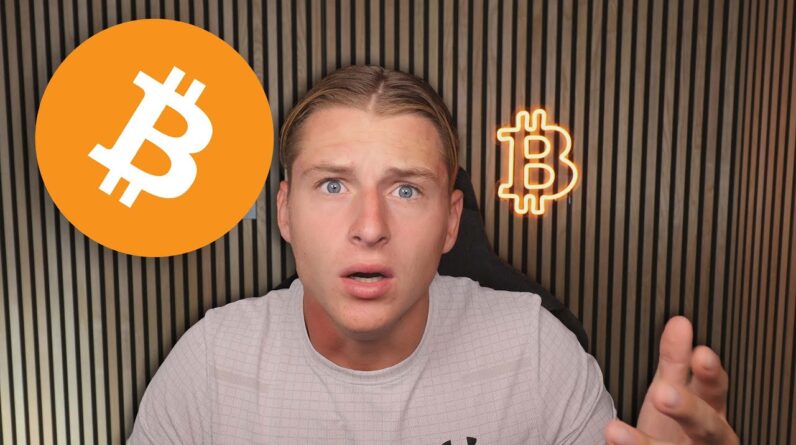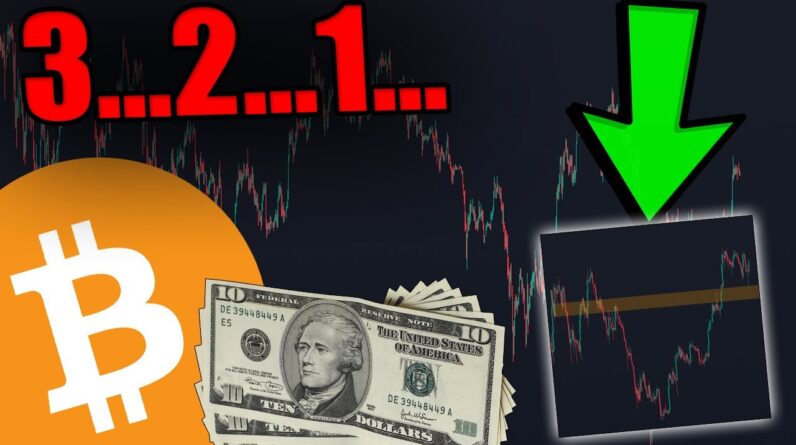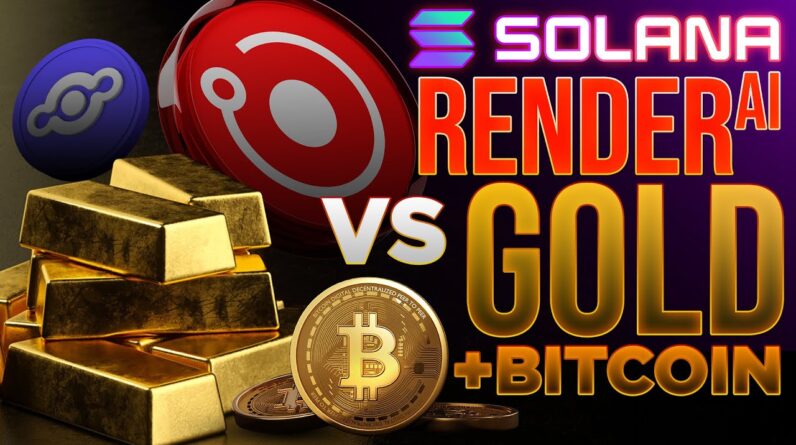
On the fourth day of Breakpoint on Solana, the powerful duo of Render and Gold🔥 took center stage, capturing the attention of investors and crypto enthusiasts alike. In this eventful day, he/she delved into the intricacies of DePINs and the promising world of artificial intelligence (A.I.). From the exciting developments and potential breakthroughs, to the impact on Solana’s ecosystem, they witnessed a convergence of innovation and technological prowess. Join us as we explore the highlights of this eventful day and unravel the fascinating possibilities that lie ahead.
Introduction:
In the world of blockchain and decentralized technologies, innovations and advancements occur at a rapid pace. One such advancement is the emergence of DePINs, a decentralized infrastructure system that represents the next generation of the internet. This revolutionary technology aims to disrupt traditional industries and unlock new possibilities for businesses and consumers alike. In this article, we will explore the recent video created by the Paul Barron Network, titled “Render vs Gold🔥 Solana Breakpoint Day 4 🚨DePINs & A.I.” and delve into the exciting developments in the world of blockchain.
Heading 1: DePINs – Revolutionizing the Internet
DePINs, or Decentralized Private Infrastructure Networks, are redefining the way we interact with the internet. With traditional internet infrastructure facing scalability and security challenges, DePINs offer a decentralized solution that empowers individuals and businesses to take control of their online presence. By leveraging blockchain technology, DePINs eliminate the need for centralized authorities, ensuring data privacy and transparency. This technology has the potential to reshape industries and create new opportunities for innovation and growth.
Sub-heading 1.1: The Helium Network and IoT
The video highlights the Helium Network, a game-changing IoT network built on the Solana blockchain. With over 150,000 active wallets migrated to Solana, the Helium Network has proven itself as a reliable and scalable platform for IoT applications. This network enables devices to communicate peer-to-peer, providing seamless connectivity and data transfer. The Helium Network has opened up new possibilities for IoT adoption and is driving innovation across industries.
Sub-heading 1.2: Helium Mobile – Revolutionizing Mobile Services
Another exciting development discussed in the video is Helium Mobile, a mobile service that offers a cost-effective alternative to traditional mobile providers. With a monthly fee of just $5, Helium Mobile is disrupting the mobile industry by providing affordable and reliable connectivity. This initiative has the potential to bridge the digital divide and make mobile services accessible to a larger population.
Heading 2: Teleport – Revolutionizing Ride-Sharing
Teleport is an app similar to Uber, but with a twist. It leverages blockchain technology to create a decentralized ride-sharing platform that empowers both drivers and passengers. The video highlights the growth potential of Teleport in the ride-sharing industry, which is estimated to be around 800 billion dollars a year. With its disruptive business model and innovative approach, Teleport has the ability to reshape the way we think about transportation.
Sub-heading 2.1: Integration with Solana
The integration of Helium and Teleport with the Solana blockchain opens up new possibilities for these platforms. By leveraging the scalability and speed of Solana, Helium and Teleport can become leading blockchain platforms in their respective industries. This integration allows for seamless and secure transactions, ensuring a smooth user experience and driving adoption.
Sub-heading 2.2: Potential Transformation with Circle USDC
The video also highlights the potential transformation of Solana with the integration of Circle USDC, a stablecoin. This integration could turn Solana into the NASDAQ or New York Stock Exchange of the blockchain world, providing a trusted and efficient platform for digital asset transactions. This development has far-reaching implications for the blockchain ecosystem and can attract more institutional investors to the Solana network.
Heading 3: Rapid Growth and Adoption
The launch of Teleport in multiple cities has the potential to drive rapid growth and adoption. With its unique value proposition and disruptive business model, Teleport can attract both drivers and passengers, creating a network effect that propels its expansion. As more cities embrace Teleport, the platform will become an indispensable part of the ride-sharing industry, revolutionizing how people travel and commute.
Sub-heading 3.1: Legal Issues in the Ride-Sharing Industry
It’s worth mentioning that established ride-sharing companies like Uber and Lyft have faced legal issues and settlements in the past. For example, Uber paid $328 million in settlements to ride-share drivers. This has created an opportunity for Teleport to enter the market and offer an alternative platform that addresses the concerns of both drivers and passengers. With its decentralized approach and focus on transparency, Teleport aims to avoid the pitfalls faced by its predecessors and establish itself as a reliable and trustworthy ride-sharing platform.
Conclusion:
The video created by the Paul Barron Network sheds light on the exciting developments in the blockchain and decentralized technology space. DePINs, represented by the Helium Network and Teleport, are revolutionizing traditional industries and paving the way for a decentralized future. By leveraging the power of blockchain and Solana’s scalability, these platforms are redefining how we interact with the internet, mobile services, and ride-sharing. With the potential to transform industries and catalyze rapid growth and adoption, DePINs are at the forefront of innovation in the blockchain ecosystem.
FAQs:
- What is DePINs?
- How does the Helium Network work?
- What is Helium Mobile, and how is it different from traditional mobile providers?
- What is Teleport, and how does it disrupt the ride-sharing industry?
- How does the integration of Circle USDC on Solana transform the platform?
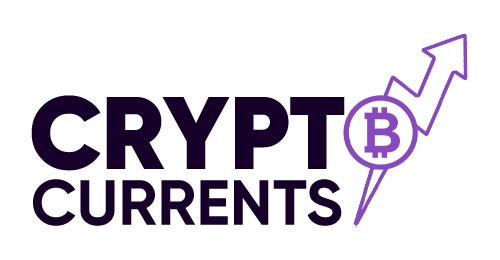
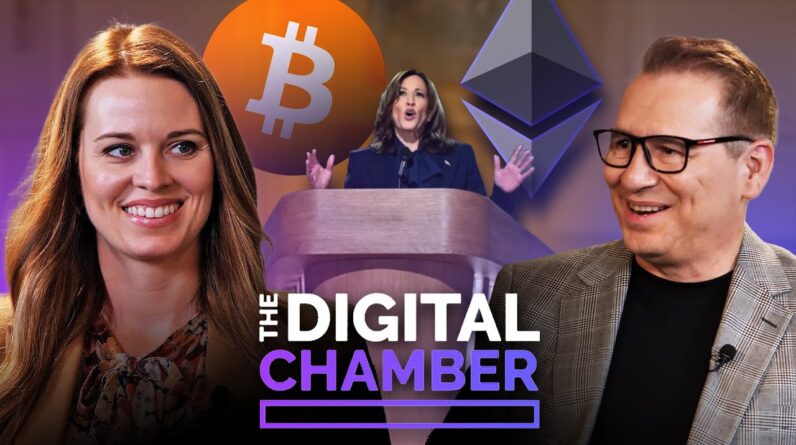
![THESE BITCOIN WHALES JUST FOOLED EVERYONE! [Exact strategy....]](https://www.cryptocurrents.net/wp-content/uploads/2024/08/these-bitcoin-whales-just-fooled-everyone-exact-strategy-WhgubJxMmeA-796x445.jpg)
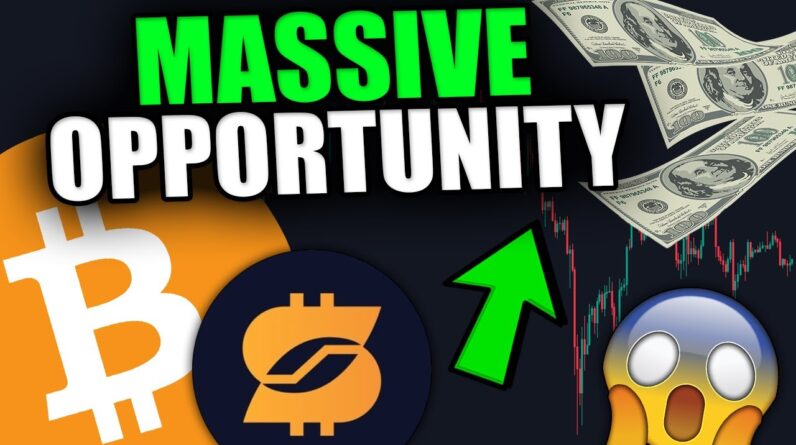
![WARNING: EVERY BITCOIN BEAR WILL BE LEFT CRYING [Huge chart.....]](https://www.cryptocurrents.net/wp-content/uploads/2024/08/warning-every-bitcoin-bear-will-be-left-crying-huge-chart-jgadWvvgEJw-796x445.jpg)
